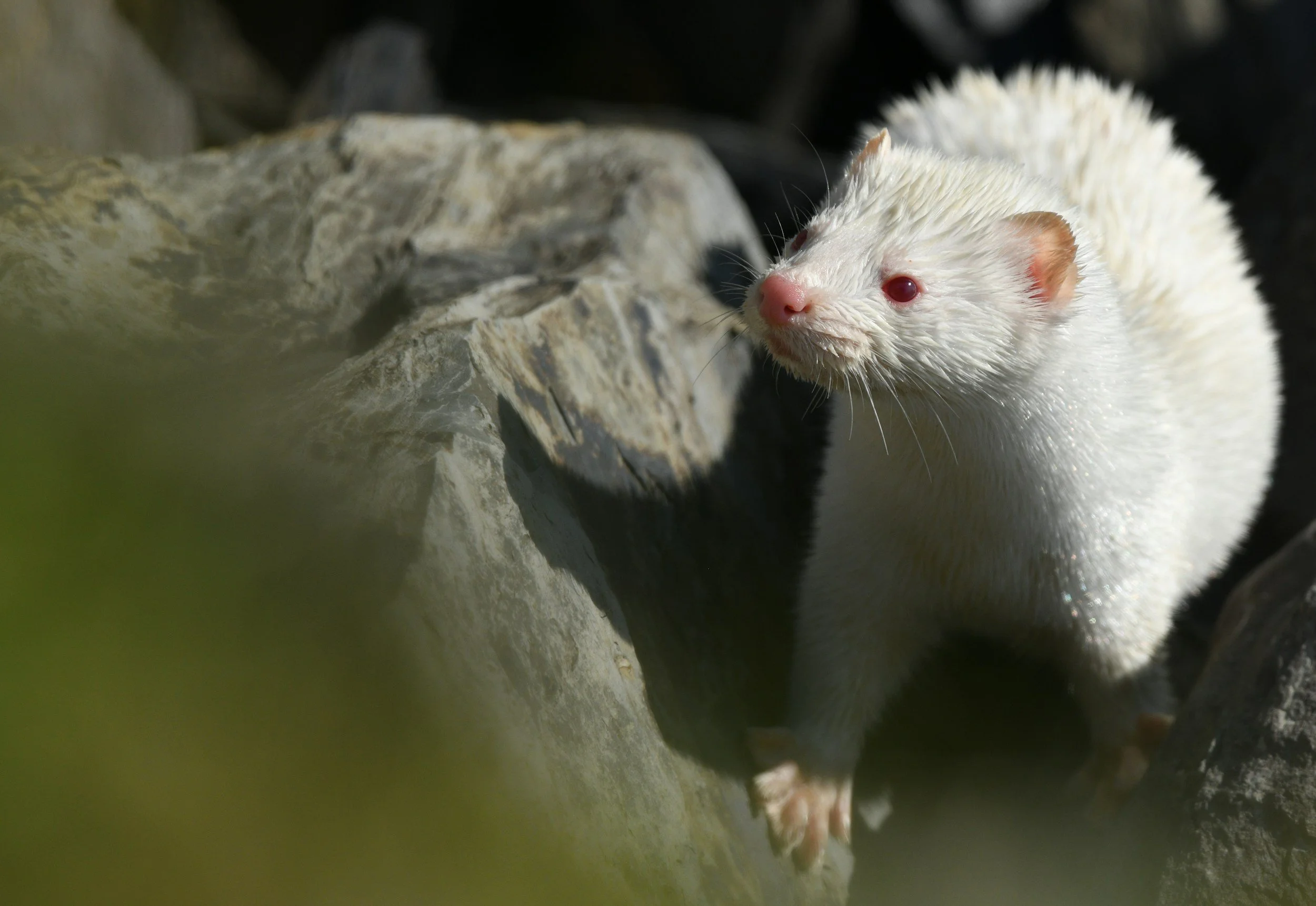World’s Largest Slaughter-Free Steak Revealed
Composed of cultivated real fat and muscle cells, taken from tissue samples that were painlessly obtained from a living cow, the steak weighs in at nearly 4oz.
Credit: MeaTech 3D
Israeli food-tech company, MeaTech 3D, has unveiled the largest cultivated steak, weighing nearly 4oz.
The company called the cultivated steak, 3D-printed using lab-cultivated living muscle and fat cells, an 'important milestone' toward the goal of scaled commercial production of cultivated meat.
The steak is primarily composed of cultivated real fat and muscle cells, taken from tissue samples that were painlessly obtained from a living cow. Bovine stem cells were then multiplied and formulated into bio-inks compatible with MeaTech’s 3D bio-printer to produce the steak. The printed product was placed in an incubator to mature, where the printed stem cells were differentiated into fat and muscle cells that develop into fat and muscle tissue, respectively, to form the steak.
“The breakthrough is the culmination of over one year’s efforts in our cellular biology and high-throughput tissue-engineering processes, as well as our precision bioprinting technology,” said Sharon Fima, CEO at MeaTech. “We believe we have placed ourselves at the forefront of the race to develop high-end, cell-based meat products.”
The company said it intends to continue improving upon its bioprinting and cultivation technologies to produce cultivated meat that “better mirrors the key characteristics of farm-raised, premium steak.”
“The MeaTech announcement marks an exciting step forward in terms of the complexity and sheer size of a cultivated steak,” said Seren Kell at the Good Food Institute (GFI) Europe. “3D printing enables companies to create more sophisticated ‘whole cut’ products which can authentically recreate the taste, texture and mouthfeel of conventional meat.”
Why Cultivated Meat?
Animal agriculture is responsible for nearly one-fifth of human-induced greenhouse gas emissions, with the production of meat, eggs, and dairy the leading cause of ocean dead zones, water pollution, species extinction, and habitat destruction.
Considered one of the leading solutions to traditional animal agriculture’s devastating impact on animals and the planet, cellular agriculture produces animal products, such as meat, eggs, and dairy, from cell culture rather than whole animals. This cuts out the need to farm, raise, and slaughter animals, and bypasses much of the climate degradation.
Unlike its animal-alternative counterparts such as Beyond Meat and Impossible, cultivated meat is comprised of real, living muscle and fat cells, and does not contain any soy or pea protein typically used in plant-based alternatives.
The U.S. market for cultivated meat products is projected to reach $200 million in 2024 as consumers increasingly look for more animal and environment-friendly alternatives to traditional animal protein. Last year, at least $366 million was invested in the cultivated meat sector.
Fascinated by cultivated meat? Check out our podcast focus The Future of Food - where we talk with the game-changers who are leading the way toward a world without factory farms and slaughterhouses.
More stories:
Species Unite
A collection of stories of those who fight the good fight on behalf of animals.




The whereabouts of two baby giraffes remain unknown after a zoo owner withheld their location and was jailed for contempt.